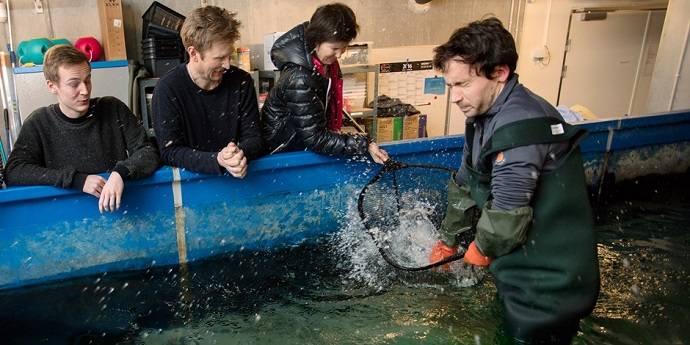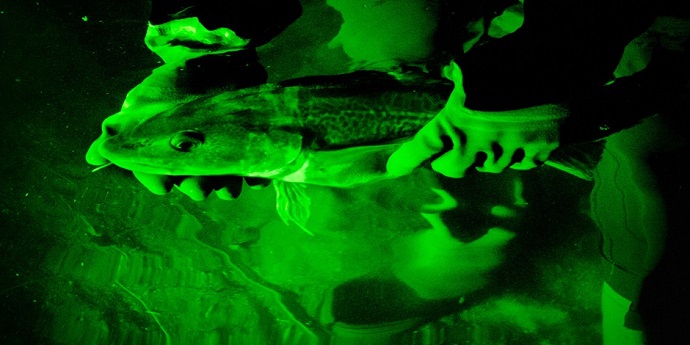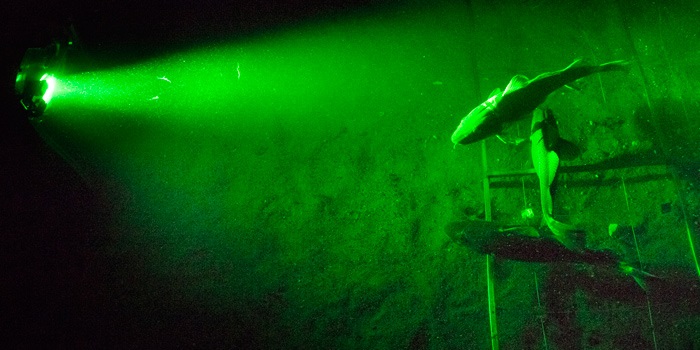19 Apr 16
by Line Reeh
When floating rigs or pipelines have to be inspected, when the level of marine refuse has to be established, or when fishing vessels need to know if their trawls are scooping up fish of legal size, it would be a real benefit to have a camera that can see long distances. As a partner in a major international project, DTU is involved in developing an advanced 3D underwater camera based on lasers and with the capacity to penetrate the deep dark water, whose murkiness is attributable to a lack of sunlight and high concentrations of particles.
The technology is already used on dry land—at airports in foggy conditions, for example—and the seven European partners are now working to adapt this technology for use under water. Professor Andre Visser from DTU Aqua is responsible for coordinating DTU’s contribution to Utofia, the EU-funded project.

“The camera’s range is three times that of the best on the market today, and it can monitor a volume of water 100 times bigger. It’s ideal for the oil industry, where it can be used to inspect infrastructure beneath the waves, or for fishing, environmental monitoring and research. Fitting a 3D camera to a remotely controlled mini-submarine—known as a ROV (Remotely Operated Vehicle)—makes it possible to save the cost and eliminate the risk associated with sending divers down. Moreover, it will obviate the need to tow floating rigs into port and spend huge sums inspecting them every second year,” he says.
Working closely with the project managers from the Norwegian research institution SINTEF, Andre Visse, Jane Behrens and a student from Aquatic Science and Technology at DTU have recently tested a prototype of the laser-assisted camera at National Aquarium Denmark, 'Den Blå Planet'. The purpose was to establish whether the laser light affects the physiology and behaviour of the cod. Loggers were inserted into ten cod to measure their cardiac rhythm, and the fish were simultaneously filmed using equipment including stereo cameras featuring tracking to determine how they position themselves in the tank, and how fast they swim. Jane Behrens, Senior Researcher, relates:
“When you’ve developed a tool like this camera, you naturally have to make sure that it doesn’t produce unintended side effects in relation to the tasks you want it to perform. We’re not completely finished with our analyses, but so far there’s nothing in the measurements of either heart rate or swimming behaviour to indicate that the cod were frightened by the camera. On the basis of many previous studies, we know that the cardiac rhythm is a reliable indicator of stress in fish. During the first tests, the fish seemed totally unphased by the laser and were happy to swim close in front of it, even when it was switched on.”

The next step will be to use the DTU research vessel Havfisken to test the camera in the waters of the Øresund.
The finished product will cost somewhere in the region of EUR 20,000. DTU is simultaneously participating in a Danish project to develop a smaller and simpler camera intended for use on small fishing vessels, for example, to check whether the fishing equipment is positioned correctly in the water and providing optimal fishing.















